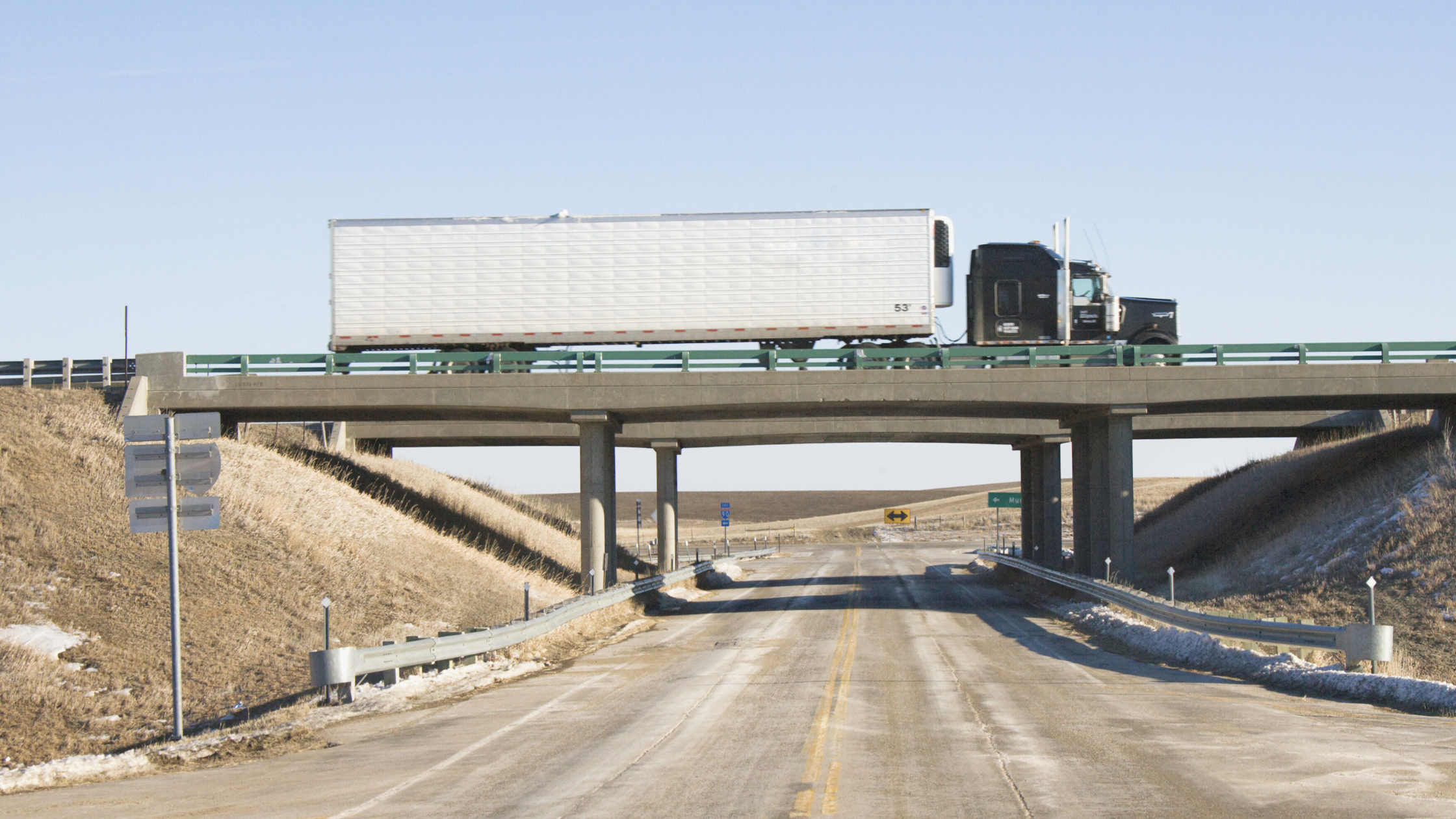Investing in an Over the Road (OTR) Truck, Trailer, or Auxiliary Power Unit (APU) represents a significant financial commitment for truck drivers. Understanding how these operating expenses will impact your taxes is crucial, and exploring various financing options—whether through cash, credit, or leasing—is essential.
Leasing Options: Operating Lease vs. Finance Lease
When considering leasing, it’s crucial to distinguish between two options: an operating lease and a finance lease. An operating lease allows you to expense truck payments as you make them, while a finance lease requires depreciating the truck’s cost and treating it as a capital asset. The terms of the contract will determine how you treat the truck lease, making it essential to consult with your tax accountant to make an informed decision.
Depreciation
A purchased OTR Truck, Trailer, or APU is required to be depreciated. The IRS determines the useful life of each category—three years for OTR trucks and five years for trailers and APUs. The IRS provides three methods for depreciation: Over the Useful Life (MACRS), 100% Bonus, and Section 179.
- MACRS: The most common method, depreciating the asset over its useful life of three years.
- Bonus Depreciation: An exception set to expire in 2025, allowing you to take the full amount of depreciation in the first year. Consider your circumstances, as 100% depreciation might result in a net operating loss.
- Section 179 Depreciation: Combining MACRS with an additional amount in the first year, providing flexibility to maximize deductions. This option may be advantageous for those seeking to leverage income-based tax credits.
Financing through Loans
Opting to finance your investment through a loan brings positive news—interest paid on the loan qualifies as a business expense, decreasing your net income over the loan duration. For example, financing a $160,000 truck at 10% for six years results in a total cost of $213,418 after interest, with the additional $53,418 amortized as an extra business expense over the next six years.
Example Scenarios
The provided examples below illustrate the financial impact of each depreciation method over a three-year period. Note that gross income, interest expense, and other expenses remain constant, while depreciation expenses vary. It’s important to recognize that self-employment income (Net Income) is subject to both income tax and self-employment tax. The self-employment tax is approximately 15.3%. Spreading depreciation over three years might be a preferable option for some taxpayers, considering that Net Operating Losses can be carried forward to reduce income tax, though they do not affect self-employment tax in future years.
In conclusion, the decision to purchase or lease an OTR Truck, Trailer, or APU is a substantial one that requires thorough research and planning. Contact an Abacus Professional at 417.380.5000 or at transportation@abacus.cpa for guidance about your business.
| MACRS | |||
|---|---|---|---|
| Year 1 | Year 2 | Year 3 | |
| Gross Income | 200,000 | 200,000 | 200,000 |
| MACRS | 53,333 | 53,333 | 53,334 |
| Interest | 13,900 | 13,119 | 10,768 |
| Other Expenses | 80,000 | 80,000 | 80,000 |
| Net Income | 52,767 | 53,548 | 55,898 |
| Bonus Depreciation | |||
|---|---|---|---|
| Year 1 | Year 2 | Year 3 | |
| Gross Income | 200,000 | 200,000 | 200,000 |
| Bonus | 160,000 | 0 | 0 |
| Interest | 13,900 | 13,119 | 10,768 |
| Other Expenses | 80,000 | 80,000 | 80,000 |
| Net Income | -53,900 | 106,881 | 109,232 |
| Section 179 Depreciation | |||
|---|---|---|---|
| Year 1 | Year 2 | Year 3 | |
| Gross Income | 200,000 | 200,000 | 200,000 |
| MACRS | 53,333 | 37,334 | 37,333 |
| Sect. 179 | 32,000 | 0 | 0 |
| Interest | 13,900 | 13,119 | 10,768 |
| Other Expenses | 80,000 | 80,000 | 80,000 |
| Net Income | 20,767 | 69,547 | 71,899 |







